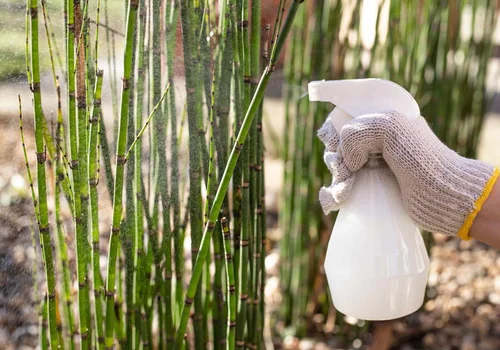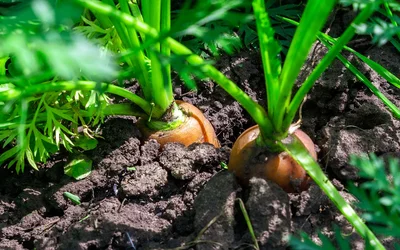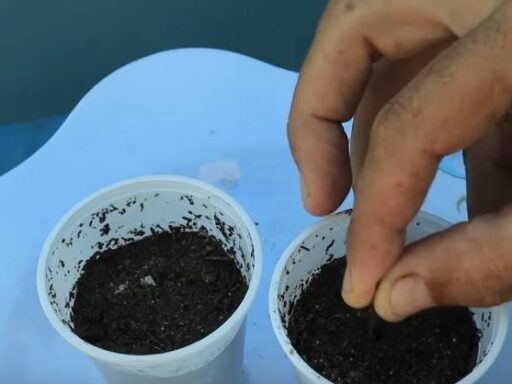Growing a lemon tree is a rewarding experience that requires care and attention throughout the year. In this article, we’ll take a look at how to care for your lemon tree based on personal experience, as well as a few tips on pest control and watering strategies to ensure a healthy harvest.
Planting the Lemon Tree
The lemon tree mentioned here was planted exactly one year ago, starting as a small seedling the size of a lemon itself. It has since grown into a thriving plant, bearing fruit, thanks to proper care. If you’re interested in planting a lemon tree, start by selecting a healthy sapling and choose the right time of year for planting. Ideally, lemons should be planted in a sunny location, ensuring they receive plenty of warmth and light.
Watering Strategies
Watering is the most critical factor in growing a successful lemon tree. Lemon trees love water, but overwatering can lead to root rot, while under-watering can cause the tree to wither. During the hot summer months, the tree should be watered every two days, especially in regions with high temperatures like Jordan’s Ghor region. When the temperatures rise, the tree’s water needs increase due to evaporation.
In the cooler months, like March and April, watering can be reduced to once a week or once every four days, depending on the climate and the amount of rainfall. From May to December, when temperatures are at their peak, daily watering is recommended.
Adjusting your watering routine based on the weather is essential for lemon trees, which are particularly sensitive to moisture. Ensuring consistent and adequate watering during the summer months will result in healthier trees and better fruit yield.
Pruning the Lemon Tree
Pruning is another essential task when caring for lemon trees. It should be done in a specific way to shape the tree into a crown-like form. This method allows the tree to produce more fruit, as the branches get adequate sunlight and airflow. Prune any branches that touch the ground, as they may impede the tree’s growth. Additionally, be sure to remove any damaged or diseased branches.
Lemon trees typically produce flowers and fruit multiple times a year. You can identify a healthy tree by observing flowers and various fruit stages—small, medium, and fully grown—all present simultaneously.
Pest Control
One of the biggest challenges with lemon trees is dealing with pests. One particularly problematic pest is the leaf miner, which creates tunnels in the leaves. These pests can significantly damage the tree if not controlled. The best way to handle these pests is to use a pesticide containing Siro-Mazin as the active ingredient. This pesticide penetrates the leaf and eliminates the pest effectively.
Another common issue with lemon trees is the appearance of scales and mites. Mites can cause a lot of harm to the fruit, leaving the lemon looking damaged. For this, an acaricide like Abamectin can be used. Regular inspections and timely application of pesticides can help keep these problems under control.

Fertilizing the Lemon Tree
Lemon trees benefit from regular fertilization. Use a balanced fertilizer, like a 20-20-20 mix, every few months to ensure the tree gets enough nutrients. For a young tree, about 100 grams of fertilizer spread around the base (but away from the trunk) is sufficient. For more mature trees, up to 150 grams can be used. Fertilizing should be followed by thorough watering to help the nutrients reach the roots.
In the winter, it’s a good idea to add organic manure to enrich the soil. This natural fertilizer boosts soil health and prepares the tree for the next growing season.
Conclusion
Caring for a lemon tree requires a year-round commitment to watering, pruning, fertilizing, and managing pests. By adjusting your care routine based on the season and climate, you can ensure your lemon tree thrives and produces fruit consistently. Regularly check for pests, prune the tree to maintain a healthy structure, and apply fertilizer to encourage growth. By following these steps, you’ll be rewarded with a fruitful lemon tree that provides fresh lemons several times a year.





